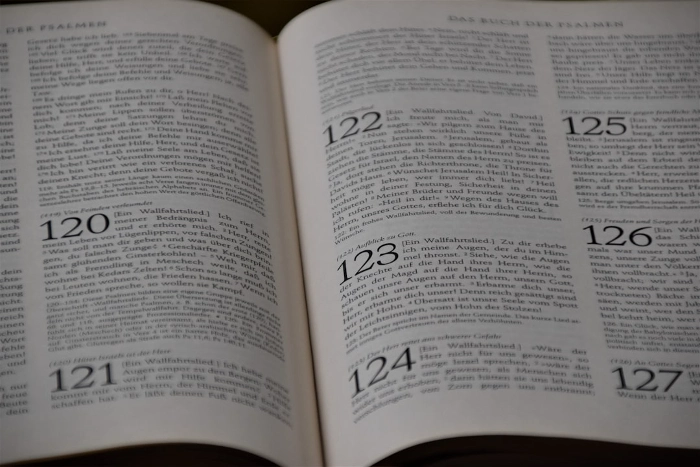Christ in Numbers

The Book of Numbers, found in the Old Testament of the Bible, primarily focuses on the Israelites' journey from Mount Sinai to the edge of the Promised Land. While the book primarily deals with the census, organization of the tribes, and various laws and regulations, it also contains subtle references and symbols that some interpret as foreshadowing the coming of Christ.
In the Book of Numbers, the portrayal of Christ is not as explicit as in other books of the Bible, such as Isaiah or the Gospels. However, some parallels and typologies can be drawn between certain events and aspects of Christ's life and mission.
One notable instance is the story of the bronze serpent, which is found in Numbers 21:4-9. The Israelites, plagued by fiery serpents as a consequence of their disobedience, were instructed by God to fashion a bronze serpent and set it on a pole. Those who looked at the serpent would be healed. This incident is often seen as a prefiguring of Christ's crucifixion. Jesus himself referred to this event in John 3:14-15, likening the lifting up of the serpent to his own lifting up on the cross, bringing salvation to those who believe in him.
The manna in the wilderness, another prominent theme in Numbers, is also interpreted by some as a foreshadowing of Christ. In John 6:31-35, Jesus identifies himself as the true bread from heaven, drawing a connection between the manna that sustained the Israelites physically during their journey and the spiritual sustenance he provides for believers.
Moreover, the role of Moses in the Book of Numbers has been seen as a type of Christ. Moses serves as an intermediary between God and the people, leading them out of bondage and towards the Promised Land. Similarly, Christ is considered the ultimate mediator between God and humanity, leading believers out of the bondage of sin and offering the way to eternal life.
While the Book of Numbers primarily emphasizes the law and the consequences of disobedience, it also contains glimpses of God's mercy and redemption. These glimpses, when viewed through the lens of the New Testament, can be seen as subtle hints and anticipations of the redemptive work that Christ would later accomplish.
In summary, while the Book of Numbers may not explicitly portray Christ in the same way as the Gospels or other prophetic books, it contains elements and events that can be interpreted as prefiguring the coming of Christ, his sacrificial death on the cross, and the salvation he offers to those who believe in him. Through various symbols, typologies, and parallels, the Book of Numbers contributes to the broader narrative of God's redemptive plan, culminating in the person and work of Jesus Christ.